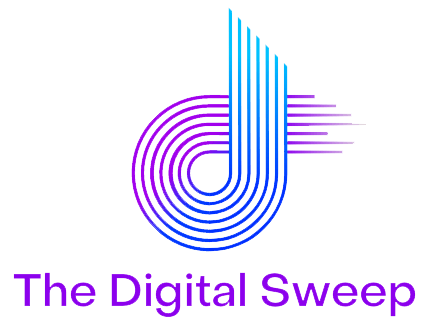Sometime back, some group of “Crypto investors” pooled their money together to invest in a big project of buying the sole existing copy of an album called “Once upon a time in Shaolin” by an American hip hop group Wu-Tang Clan at the sum of $4 million.
This group is called PleasrDAO, and they are also known to have multimillion-dollar assets. The group brought the attention of so many people to DAO when they also bought the original Doge Meme NFT for $4 million.
As its trend is growing more in the crypto space, we need to know what a DAO is and all it entails to help our decision towards it.
What is a DAO in Crypto?
The full meaning of DAO is Decentralized Autonomous Organization Which Can be defined as a group formed towards carrying out a mission, and it is coordinated through a shared set of rules enforced on a blockchain.
The word “decentralized” means it runs on a blockchain, and the decision-making power is shared among the stakeholders instead of the board members of the executives. In DAO, all the members are subjected to rules inscribed as a code on the blockchain.
The word “autonomous” means smart contracts – applications that run on a public blockchain in which an action is triggered when a certain condition is met – are used in their operation. These contracts are fundamental to any DAO as it ensures that the pooled money of the group would go only towards financing its mission.
How Does a DAO Operate?
DAO is a good way to finance projects, share common values, and govern communities. This is basically formed when people of common interests come together to form a chat group. Then, they decide to pull capital together, majorly using an Ethereum wallet. From this, they decide on how to fund their DAO’s mission altogether.
An example is the ConstitutionDAO, where a group of 17,000 came together to gather money to bid on an early copy of the U.S Constitution. They were able to raise more than $40 million for the bidding. Although they lost the bid to a billionaire named Kenneth Griffin, the power of a DAO was made apparent

Traditional organizations operate based on hierarchy: A formal board of directors or upper management determines the organization’s structure, and they have the power to make a change. On the contrary, DAO is decentralized, implying that they aren’t controlled by one person or entity.
Though a DAO can start with some set of people to set its structure, all members have passed the power once it has been passed into the blockchain. Before there can be a change in the structure, there must be a proposal passed by any of the members.
The decision would be made by voting, and with it, the final decision would be made. A proposal passes once the majority of the members approve it. As much as DAO is a Decentralized group, it still gives those that contribute more to the DAO’s project more voting power than others.
Some of the most popular DAOs are;
- The PleasrDAO is one of the prominent DAO that collects diverse NFTs and invests in other assets.
- The Friends with Benefits DAO is a unique social club with almost 2,000 members which one pays to enter
- The Komorebi Collective DAO is focused on funding female and non-binary Crypto funders. This is in collaboration with she256, women in blockchain, and Kinjah Shah.
- The Metacartel venture DAO is a permissioned for-profit investment combined with a legal entity.
Benefits of DAO
Some advantages of DAO over traditional organizations include the following
- Transparency: often considered a decentralized governance structure, DAOs replace managerial staff with system automation. As a result, they create a system that isn’t influenced by people’s decisions.
- High speed of work: because of the automation DAOs embrace, they operate at speeds higher than traditional organizations, where applications need to be processed by secretaries before they can be carried out. The automation also means there is a low percentage of errors in DAOs.
- Trustless: in organizations, trust is required to share the same bank account with someone; you would need to first build trust in the CEO or Manager before you can work with them.
In the case of DAO, it is trustless because you don’t need to trust any board of executives because the blockchain gives assurance to your investment. This makes it easy to work together with a total stranger and still achieve the same goal.
- Open Source: the underlying codes of the DAO code are put in the public for everyone to look at, whether they are part of the decision-making process of the project or not.
The Vulnerability of DAOs
The major risk of DAO is that it’s vulnerable to attack since anyone can look at the code. It also means an attacker can know in-depth how this DAO works and can work against it.
This happened to the earliest and fastest DAO called “The DAO”, which was launched in 2016 and raised $150,000,000 within a few months. Unfortunately, this was hacked, and $50 million worth of Ethereum was lost.
Conclusion
With no central leadership structure, decisions in DAOs are made from the bottom-up, governed by a community organized around a specific set of rules enforced on a blockchain. Hence, joining and operating a DAO is easier than a traditional organization.













0 Comments